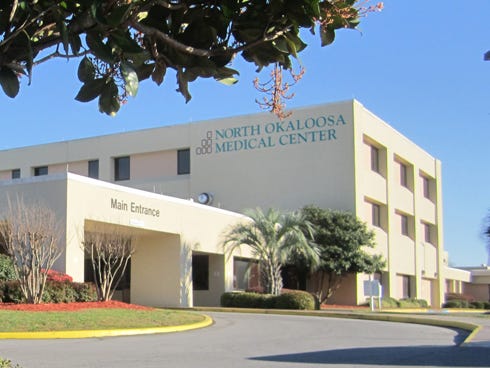
CRESTVIEW — North Okaloosa Medical Center is among the first in the United States, and one of four Florida hospitals, to offer a new treatment that relieves peripheral artery disease patients’ pain.
A build-up of plaque blocks blood flow in the legs’ or feet’s arteries, and causes the disease. An image-guided device, which the U.S. Food and Drug Administration recently approved, allows physicians to see and remove this plaque during atherectomy, a minimally invasive procedure that cuts and clears plaque from the artery to restore blood flow.
Northwest Florida’s first FDA-approved case in using the new technology was performed at North Okaloosa Medical Center by Marcello Borzatta, M.D., a vascular surgeon and medical staff member, according to an NOMC media release.
“Peripheral artery disease is a common, costly and deadly disease that greatly impacts quality of life, with patients experiencing cramping, numbness, discoloration and pain,” Borzatta said. “We are excited about the availability of this new and innovative technology, which is a significant step forward for the treatment of the condition, enabling a more precise removal of the plaque that is the cause of the symptoms of PAD.”
Because the device incorporates real-time optical coherence tomography imaging on a therapeutic catheter — like having a small camera on the device’s tip — physicians can remove this plaque more precisely than before, with less risk of damage to the artery walls, which could result in scarring that increases the risk of restenosis, or re-narrowing of the artery. In the past, physicians had to rely solely on X-ray, as well as touch and feel to guide their tools while they tried to treat complicated arterial disease.
“This safe and more-precise treatment option may potentially reduce the need for follow-up procedures and stents for patients,” Dr. Borzatta said.
This article originally appeared on Crestview News Bulletin: NOMC among few hospitals with new peripheral artery disease treatment
